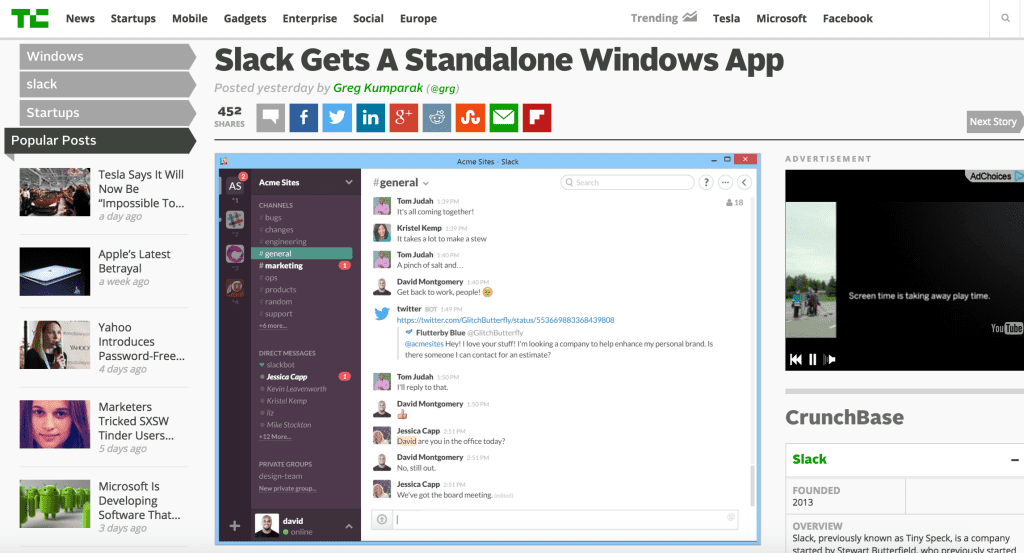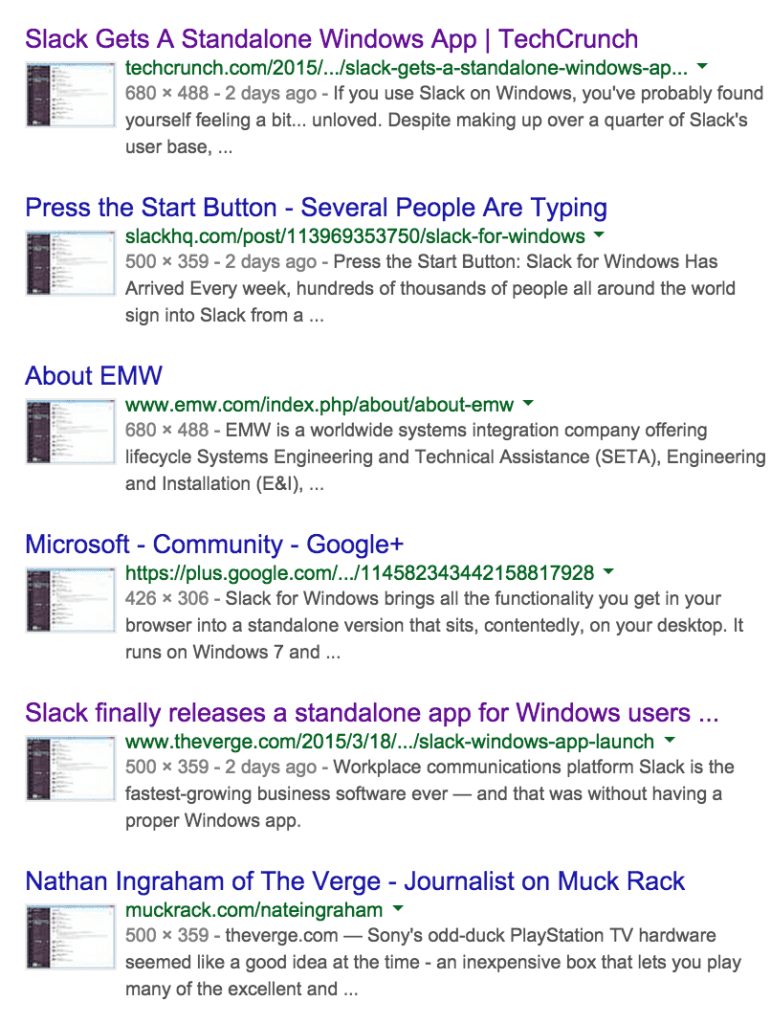Have you ever wondered why some startup launches are things of beauty while some are a complete disaster? Could it be the fault of the founder for not planning well enough in advance? Or is it the media’s fault for not positioning them correctly?
I actually had those same questions four years ago. Since then, I’ve researched the launches of many startups and have been a part of many of them as well. Some of those launches have gone great and some of those launches have fallen flat.
What I learned is that all launches are not created equal. Some get more media than others.. Some get more social shares than others.. Some simply have to go back to the drawing board.
In all of this, there are a few things I’ve learned. Here are four mistakes you should avoid:
Using Sign Ups As Your Only Metric
For a seasoned marketer, it’s pretty obvious that you’re not going to acquire every single person that visits your site at launch. It should also be pretty obvious that the majority of your customers aren’t going to come from a single 24 hour bump in traffic.
You need to recognize that your customers have a lifecycle before they actually buy your product or sign up. During the launch, you may have captured their curiosity but until they give you their email or credit card – you don’t have their interest.
First and foremost, optimize your landing page for conversion. Here are three amazing resources that you can use to ensure your site is clearly communicating a value proposition and your story effectively:
How Messaging and Design Affect Conversion Rates [Infographic]
30 Simple Ways of Improving Bounce Rate and Conversion Rate
Applying Landing Page Best Practices to Boost Conversions
Once you’ve done that, you need to make sure you’re not making a mistake that most startups fall victim to. It’s the idea of only having one lane in which a user can move down the sales funnel. Instead of only offering visitors to have interest in your product – Offer the ability to have interest in other value packed items like ebooks, courses, white papers or a webinar.
Not Planning Your Media Strategy Before Launch
Planning your media outreach the day before launch is a one way street to mediocre coverage and results. If you have a product or service that you’re planning to launch within the next twelve months, start your project planning, including your media strategy, now.
Generating press and earning mentions on influential blogs isn’t a 24 hour game. For brands that are relatively unknown and new to the market, success in generating buzz will take time and a rigorous effort.
First, it’s important to figure out exactly what your key message is.
This is something that you should already know as it’s the primary message you’ll use when describing your product. It’s the value you deliver people. It’s the reason people sign up or pay for your product. For example;
Slack is a platform for team communication: everything in one place, instantly searchable, available wherever you go.
Simple and to the point. You immediately understand what you would get when using this product. The formula for identifying your key message is highlighted more in depth in the content marketing guide.
Once you have a clear understanding of the story you’re hoping to tell, it’s time to start finding the right media outlets and journalists to establish rapport with. This list of reporters and blogs are going to act as what Dmitry Dragilev calls a hit list. It’s the reporters and journalists you need to connect with before and during your launch. I’ve used this process many times in the past and have found great success in the approach.
This process starts with a quick visit to Google, selecting news and typing in keywords using the following formulas:
- [Your Industry] [Startup]
- [Competitors Name]
- [Your Industry] [Launch]
- [Your Industry] [Investment]
If you’re a fashion startup, you would type in “Fashion Startup” as your keyword search and your results would look something like this:
Another great approach to finding sites worth pitching is using Google image search to track competitors primary photos. Start by finding one of the most recent or popular stories that were used in one of your competitors stories. Something like the Slack image in this TechCrunch article:
Upon finding this image, you would take it over to Google Image Search and see what other blogs or influencers used that image in their stories. Once you drop it in, Google will give you a list of articles and Twitter users who shared the image like this:
Your next step is to find out who authored these articles and start building a relationship. It could start with a simple back and forth exchange over Twitter or LinkedIn. From there, it should be taken into email where you can start to explain what you do and what problem your product is looking to solve.
This is really just the beginning. The key is to recognize that this isn’t as easy as downloading a list of TechCrunch reporters emails and sending them an email saying you’ve launched. It’s about establishing a relationship, nurturing that relationship and having a story worth writing about when you make the request.
Not Asking For Help From Others
When Findlay and I launched Hustle & Grind, we reached out to more than 1000 people asking for help. We used two different email templates depending on our relationships with these people and asked them to help spread the word. We also had a follow up template that we used to ensure that anyone who we may have missed was brought back into the loop in case they missed our first one.
If you have strong relationships, this isn’t going to feel like an annoyance to your network. It’s going to feel like a friend or someone they like is simply asking for a favour. Don’t be afraid to ask investors, partners, clients or past colleagues to support your launch.
If someone doesn’t want to support your launch, it’s likely that you simply don’t have that strong of a connection yet. Build that connection. Develop that bond. And don’t be afraid to ask for help. Because the people who have your back when you need it are the people who you’ll know to support when they need you.
Thinking Of Launch Day As a 24 Hour Event
This isn’t a one time thing. Your launch is happening 24-7-365.
You’re always launching. You’re always trying to get buzz. You’re always trying to drive more sign ups to your product.
For some reason, a lot of founders crack a bottle on launch day and think it’s over. In reality, the launch “day” should actually be an entire month of effort and push. It’s not over when TechCrunch writes about you. It’s not over when the folks at Shark Tank reach out to you. It’s not over until you’ve successfully built a thriving and actual business.
You need to now start looking at how you can land your startup on Product Hunt. You need to start thinking about how you can land an interview on a very targeted podcast. You need to start reaching out to influencers who would benefit from an actual demo.
You need to keep momentum.
You need to keep launching.
You need to keep hustling.
(Cartoons from Tom Fishburne of Marketoonist: Island of Misfit Launches and Launch Homework.)






